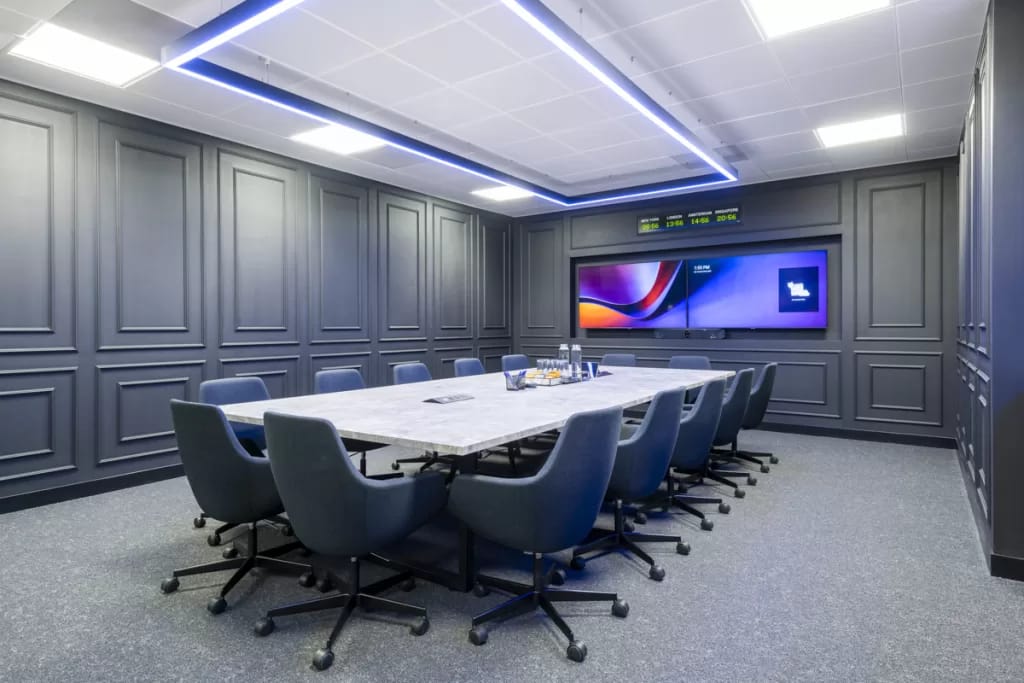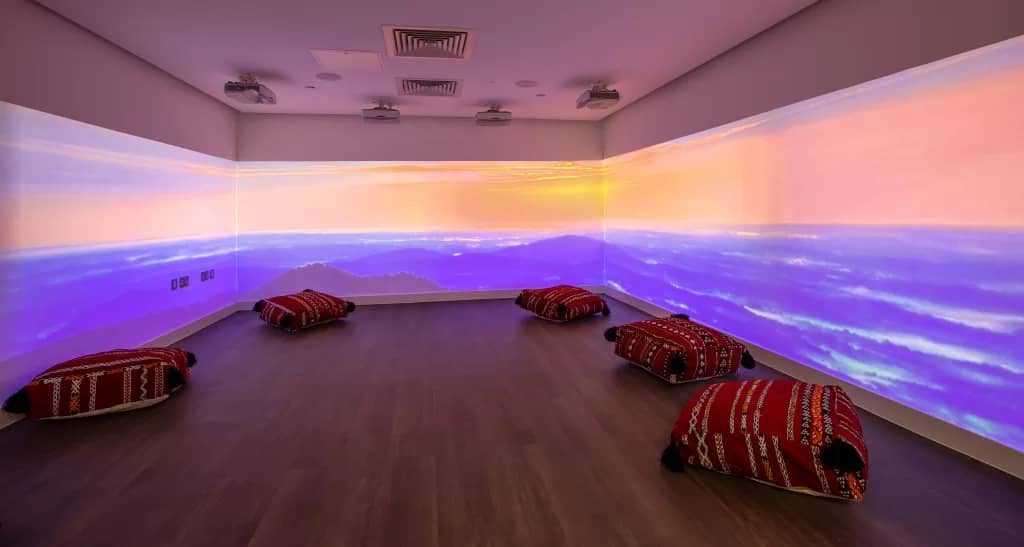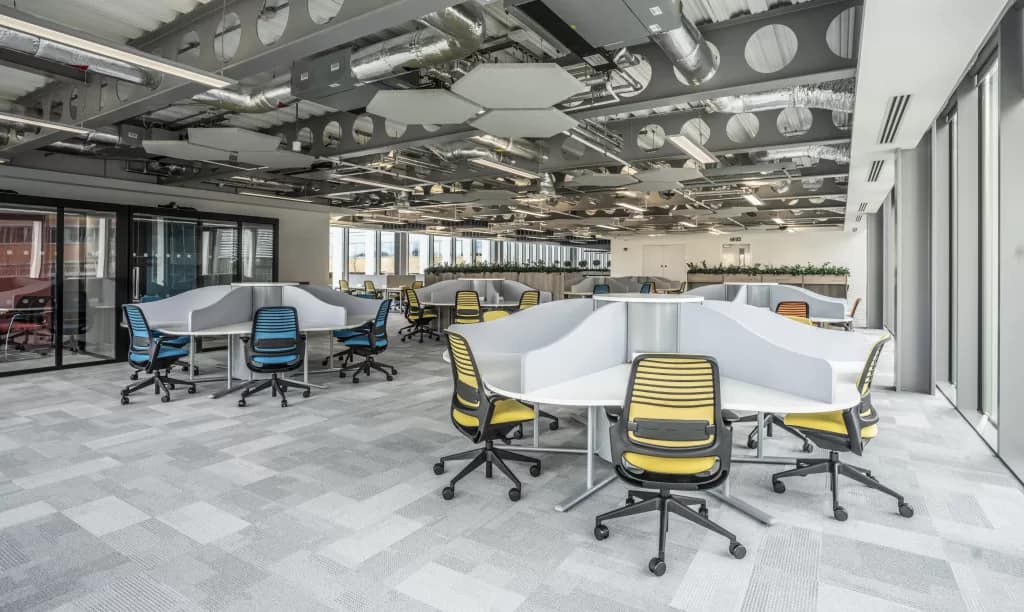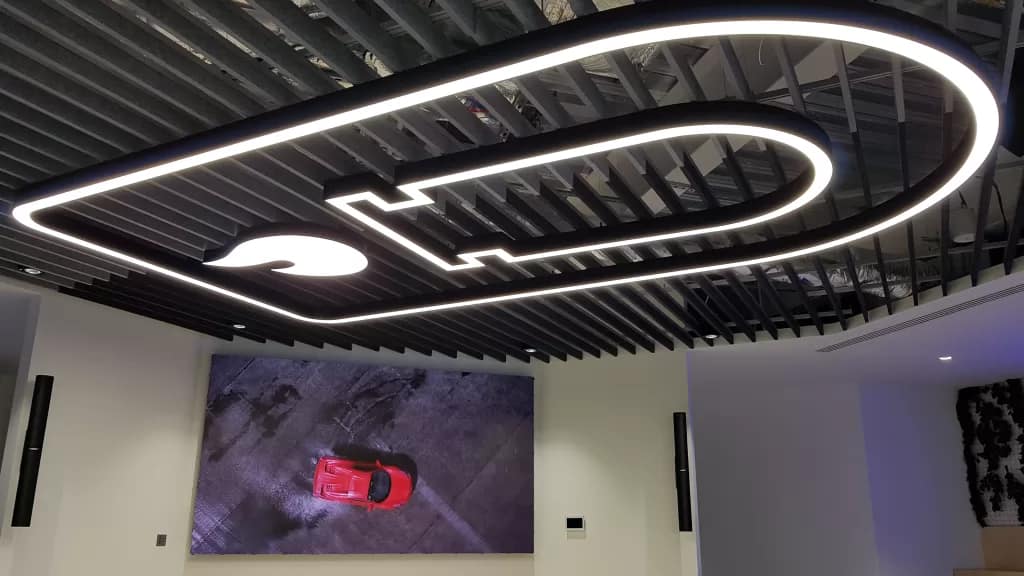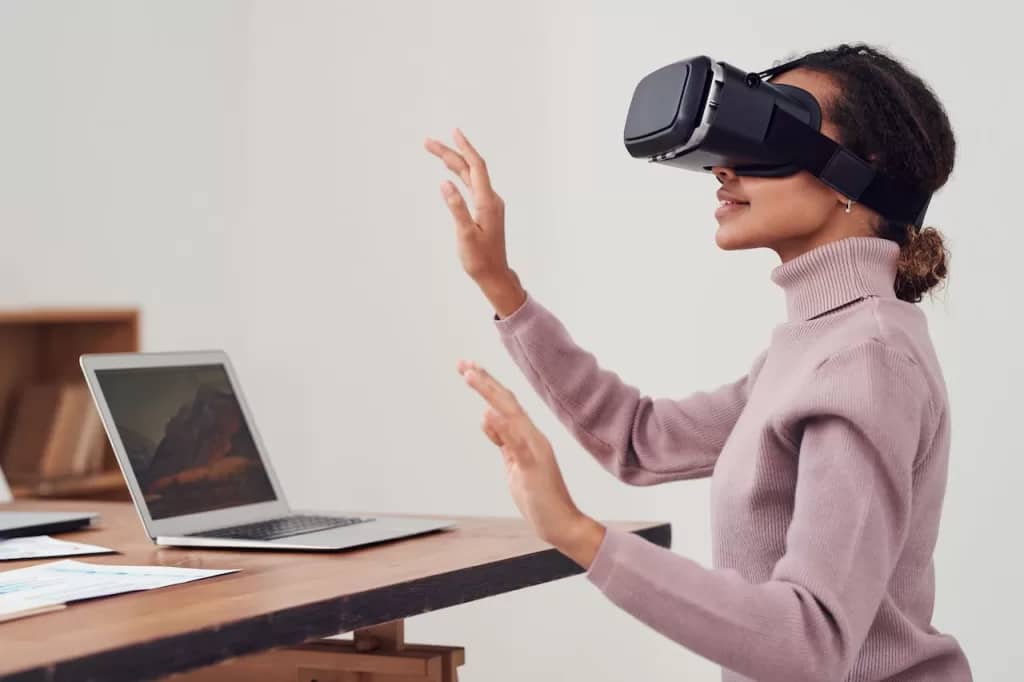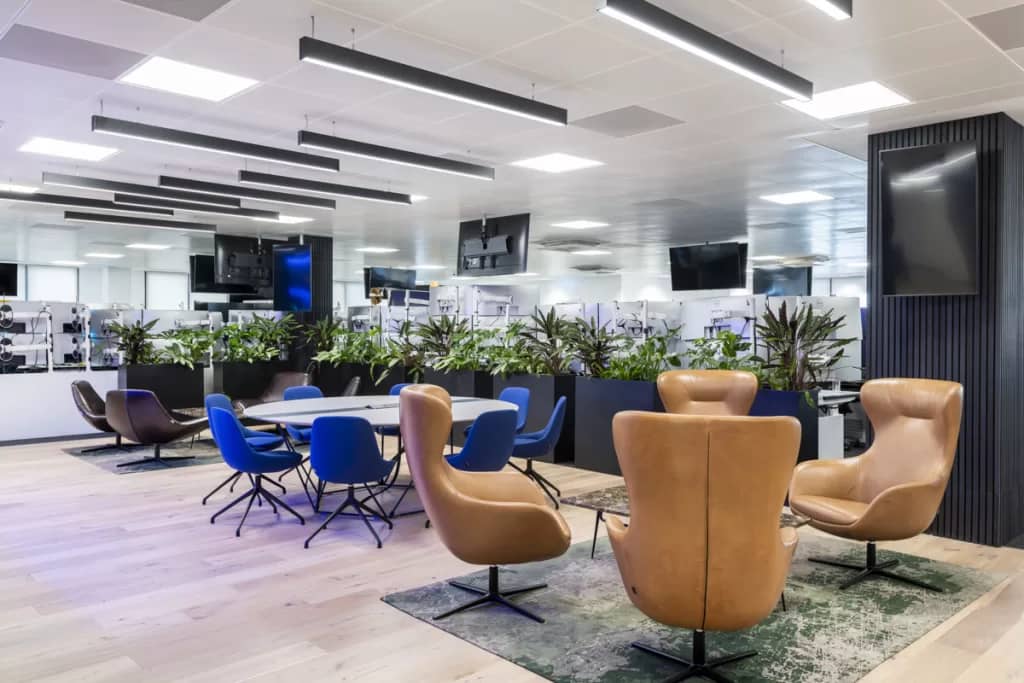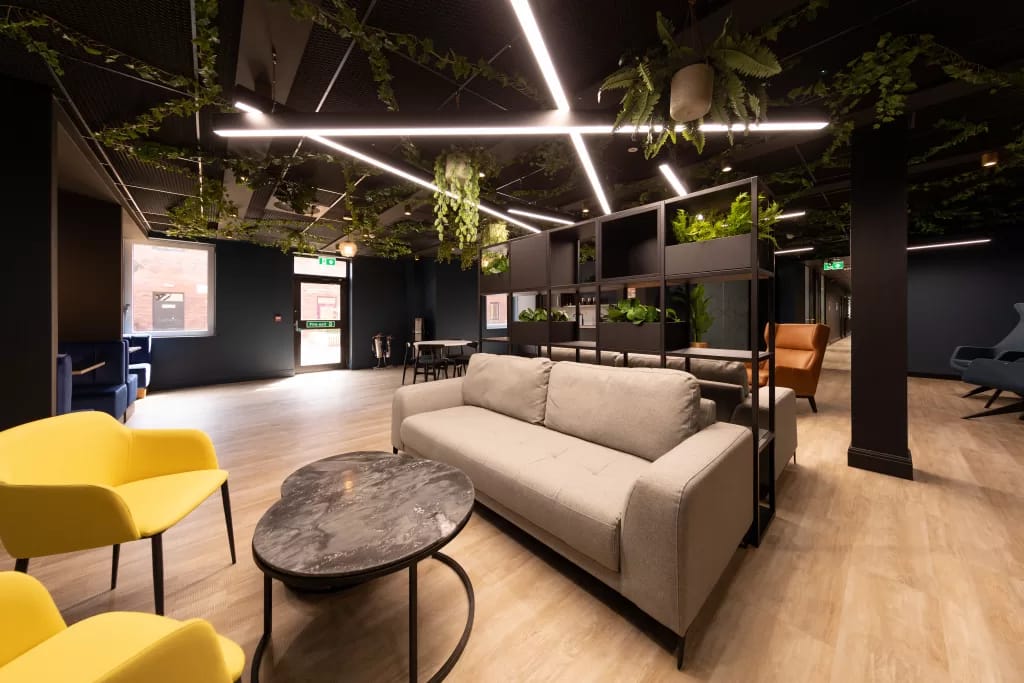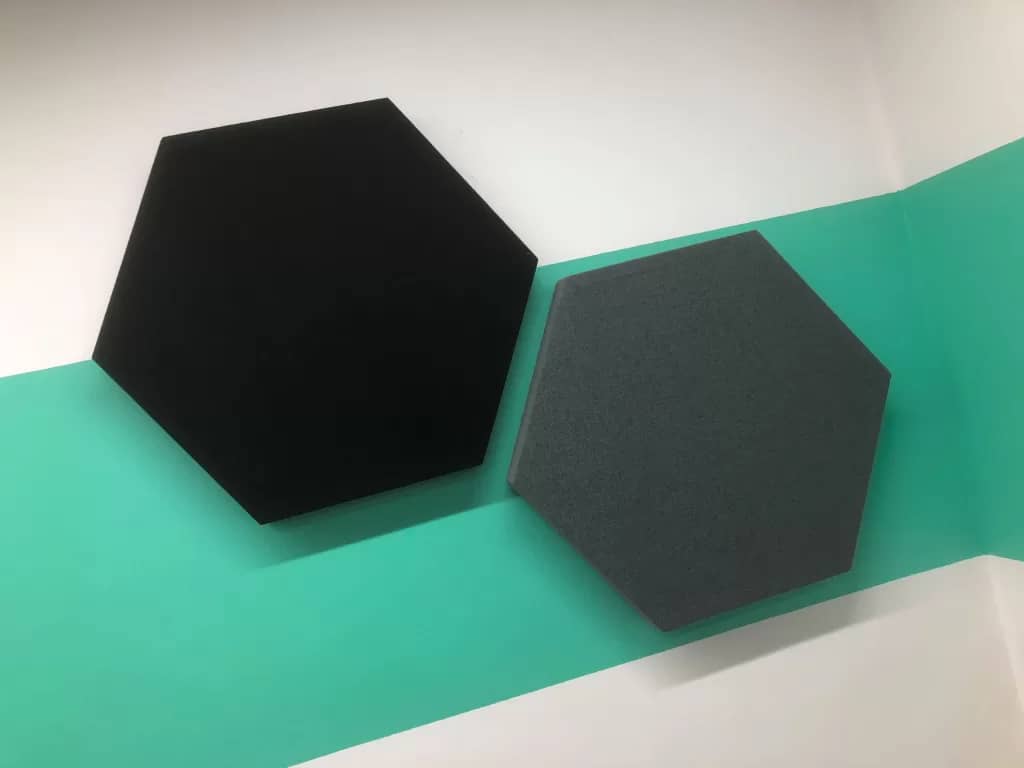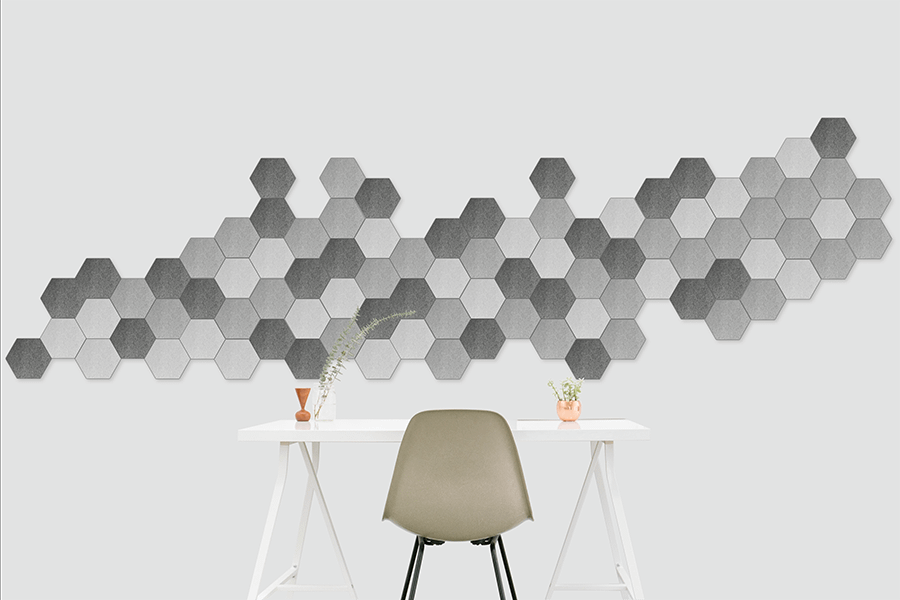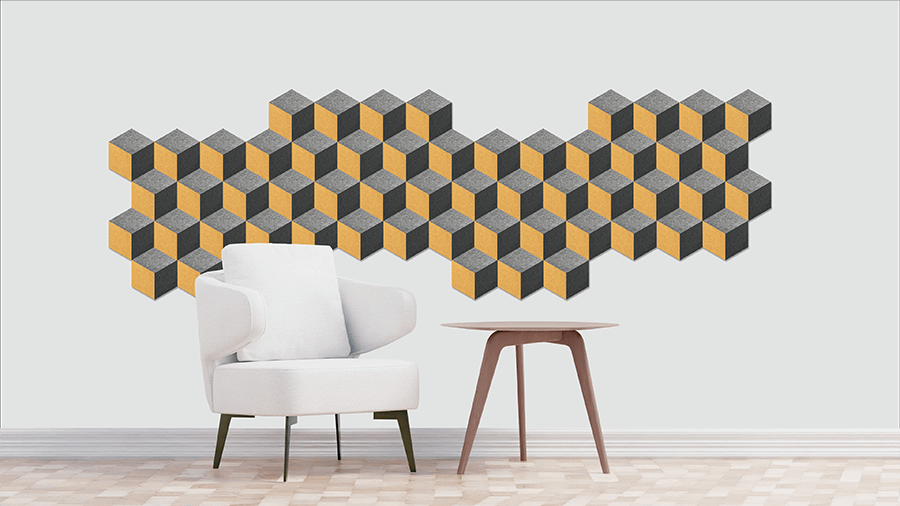In the fast-paced world of today, where change is the only constant, the concept of an adaptive workplace has emerged as a beacon of innovation and efficiency. More than just a trend or a set of movable furniture, an adaptive workplace embodies a philosophy of purposeful, iterative changes over time. It is a dynamic and responsive environment that not only accommodates change but thrives on it. In this blog post, we will delve into the key elements that make an adaptive workplace more than just furniture on wheels.
Flexibility as a Foundation
At the heart of an adaptive workplace lies the principle of flexibility. This goes beyond the ability to move desks or rearrange meeting rooms. It involves creating a culture and infrastructure that can seamlessly adjust to evolving needs. A flexible workplace understands the value of change and actively encourages it.
Embracing Technology
In the digital age, technology is the driving force behind workplace evolution. An adaptive workplace integrates technology not as a standalone tool but as an enabler of change. From collaborative platforms to smart office solutions, technology plays a pivotal role in shaping a workspace that is both responsive and forward-thinking.
Agile Work Practices
Adaptability extends beyond the physical environment. An adaptive workplace fosters agile work practices that empower employees to pivot, iterate, and innovate. This may involve embracing methodologies like Agile or adopting a mindset that encourages experimentation and learning from failures.
Continuous Feedback Loop
A crucial aspect of an adaptive workplace is the establishment of a continuous feedback loop. This loop involves gathering input from employees, monitoring the impact of changes, and using this information to refine and improve. It is a cyclical process that ensures the workplace is always evolving in harmony with the needs of its users.
Cultivating a Collaborative Culture
An adaptive workplace thrives on collaboration. It is not just about open floor plans and shared spaces but fostering a culture that encourages communication and cross-functional collaboration. The physical layout of the office should facilitate spontaneous interactions, while digital tools should support virtual collaboration seamlessly.
Wellbeing at the Core: Lighting Solutions
A workplace that adapts to change recognises the impact of lighting on employee wellbeing. Movable task lighting allows individuals to customise their workspace, enhancing focus and comfort. Smart lighting controls adjust ambient lighting based on natural light levels and occupancy, promoting energy efficiency and creating a conducive work environment.
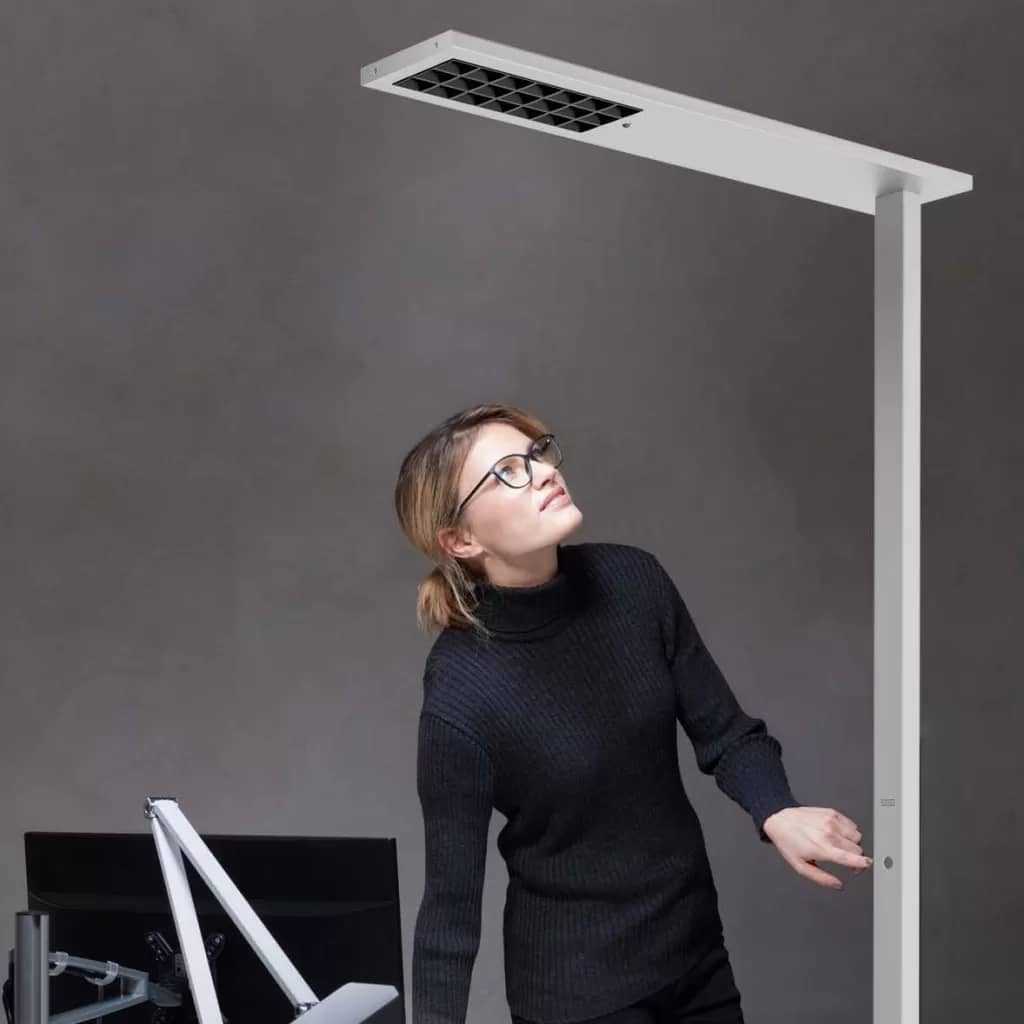
Acoustic Controls
To further support employee wellbeing, an adaptive workplace incorporates acoustic controls to dampen noise. Strategic placement of sound-absorbing materials, soundproof partitions, and acoustic panels contribute to a quieter and more productive workspace, reducing distractions and enhancing concentration.

Biophilia: Connecting with Nature
Incorporating biophilic design principles, an adaptive workplace brings nature indoors. Greenery, natural textures, and views of nature not only enhance the aesthetic appeal but also contribute to improved mental wellbeing and productivity. Biophilia fosters a connection with the natural world, creating a harmonious and revitalising atmosphere within the office.
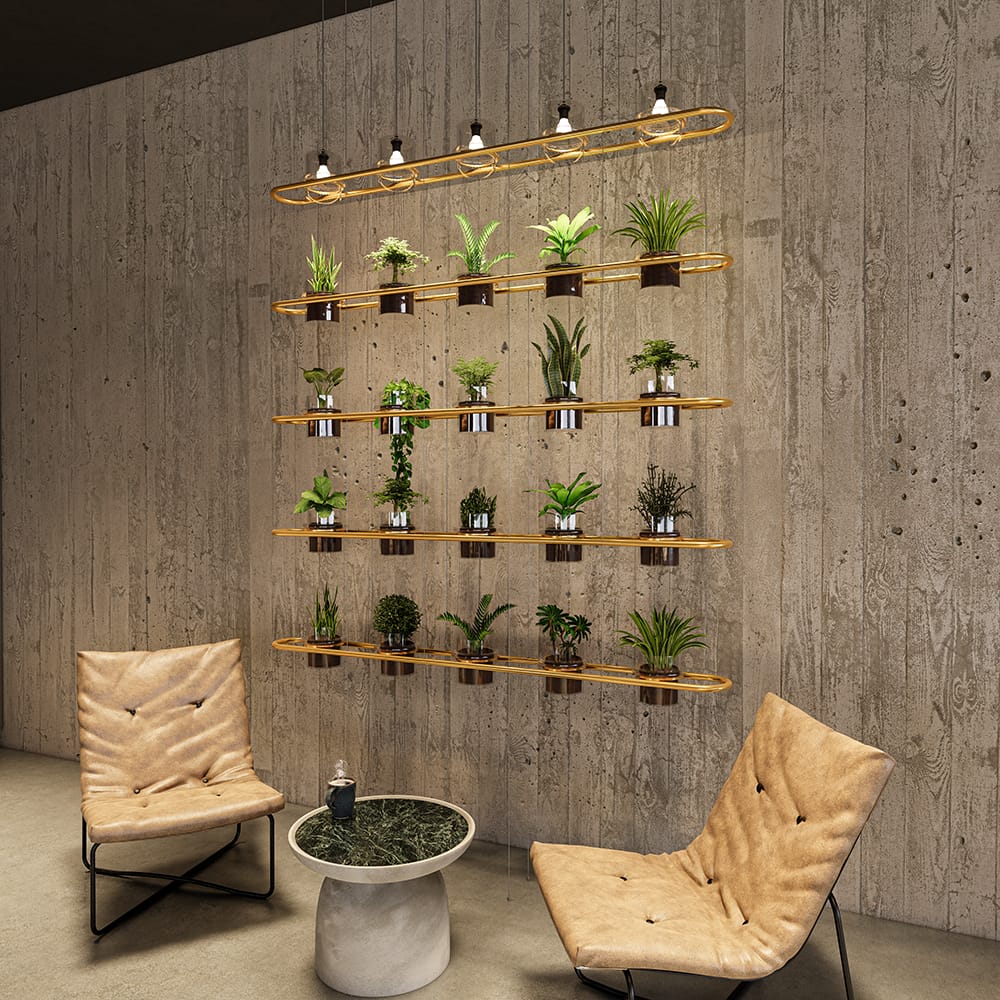
Sustainability as a Guiding Principle
Adaptive workplaces also embrace sustainability as a guiding principle. This involves not only implementing eco-friendly practices but also designing a workspace that can adapt to the changing landscape of environmental consciousness. Sustainable practices are integrated into every aspect, from materials used in construction to daily operational choices.
An adaptive workplace transcends the superficial idea of furniture on wheels. It embodies a mindset and a commitment to constant improvement and evolution. It is about creating an environment that not only responds to change but actively seeks it, making the workplace a dynamic, inspiring space for all who inhabit it. As we navigate the future, the adaptive workplace stands as a testament to the resilience and innovation required in the ever-changing landscape of work.
